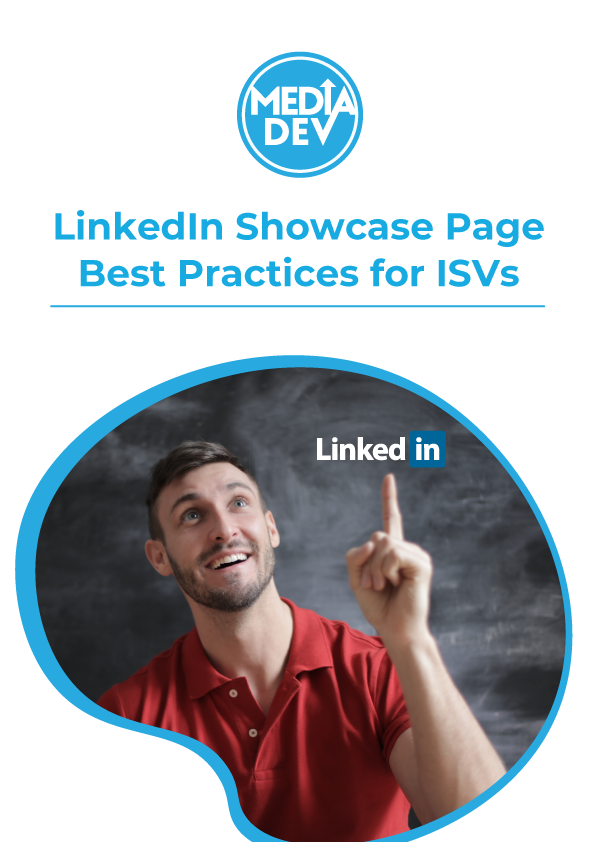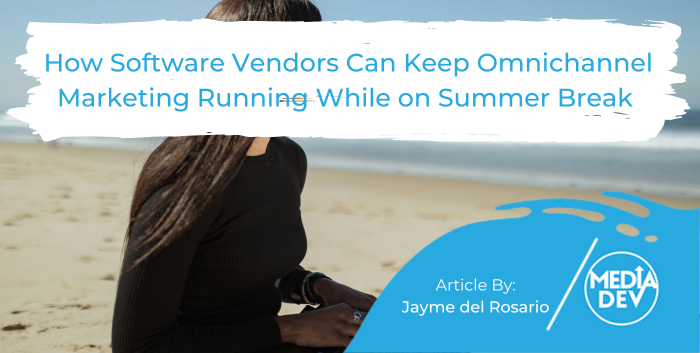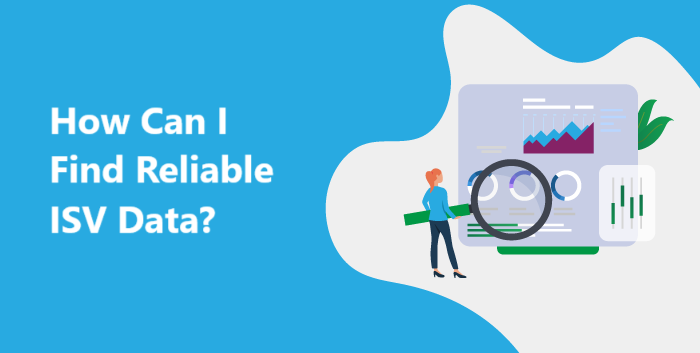If you don’t see a lot of marketing ROI, it may be time to ask the question: Am I marketing to the right people?
We can all identify with receiving hordes of emails in our inboxes that aren’t relevant and frankly, that we instantly delete. And, when we’re scrolling through a social media feed, if nothing seems relevant or sparks our interest, we just let it go by. By focusing on marketing to a well-defined audience, you can avoid having your marketing campaign, representing a substantial investment of time and money, meet the same fate.
Who gets the most value from your application?
A good place to start building a marketing strategy is by defining your target market. An effective way to understand exactly who you want to persuade to become new clients is to take a long, hard look at the ones you already have. Which are the most successful? Are they all doing business in a particular vertical market or niche? Are they about the same size? Do they see similar revenues and experience similar rates of growth? Analyzing this data can help you develop a picture of what businesses in your target market look like.
Furthermore, who are your contacts at those companies? Have you developed relationships with the IT department, or is the CMO, HR manager, or a LOB manager your biggest advocate? In addition to studying a client’s business as a whole, also get to the bottom of why your contact values your solution, how it makes their lives easier or improves efficiency and profitability. Take note of other benefits they’ve communicated directly to you — or better yet, through testimonials, case studies, and other user-generated content. The advocates at the businesses that see the greatest value from your application are a solid representation of your target audience.
Now that you know who you should be talking to, what do you say?
After analyzing your loyal customers at businesses that find the most success with your application, your next job is to find other people like them. With content marketing, that means creating content, social media posts, email subject lines and other content that will attract their attention and inspire them to learn more.
Some applications, for example, are a good fit for millennial-generation women starting their own specialty retail shops. Other software solutions may have more appeal to older men who are business veterans operating service organizations. It’s highly unlikely that a single marketing campaign would have the same level of appeal to both. Tailor your campaigns to your target market and to your target audience.
Years ago, I started taking the advice of a marketing guru, and it still helps remind me who I am addressing with the marketing content I create. I find a picture in a magazine that represents the way I imagine an ideal customer from a target audience to look. Then I “talk” to that person. If, for one campaign, I’m trying to get the attention of the young woman or with another, the older man, the pictures remind me that my target audience, based on research into current contacts, may be parents, sports fans, foodies, politically activists, or environmental stewards. Then, I incorporate those values into my writing.
Also, reach back to why your best customers find value in your application and share that information with your audience. Tell them the problems you can solve, the benefits you offer, and, maybe, how their lives will be easier. Those things got your current clients’ attention. There’s a good chance they’ll resonate with other people like them.
Now to get the word out the right way
Targeting your content to your market and audience is only a part of the equation. You also need to find the best way to deliver it. Our young specialty retail shop owner may be active on Instagram; the older service provider may not be. Email marketing may be effective with your target audience, but, perhaps, LinkedIn posts and engagement may get better results.
Use data to determine as best you can how to capture your target audience’s attention and deliver your messaging most effectively — then monitor, test, and adjust when necessary. It’s a strategy that will get better results and improve marketing ROI.









